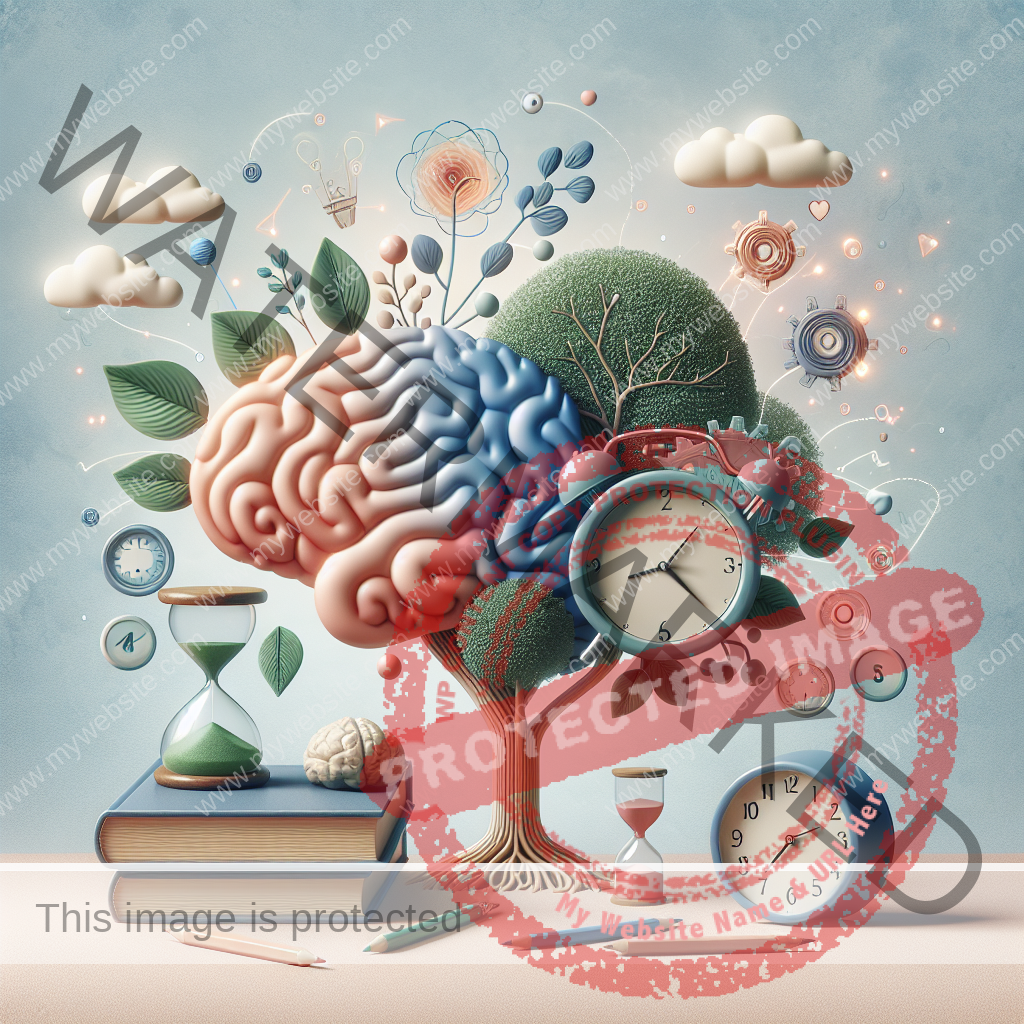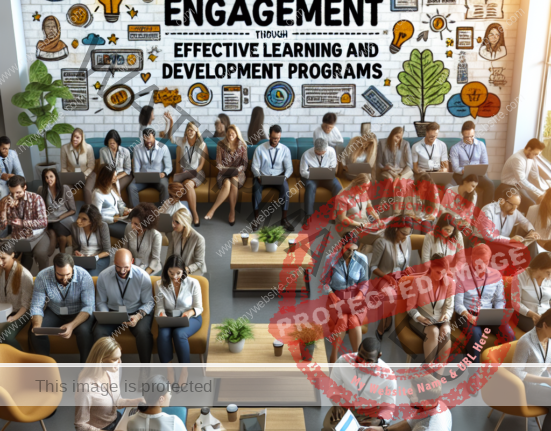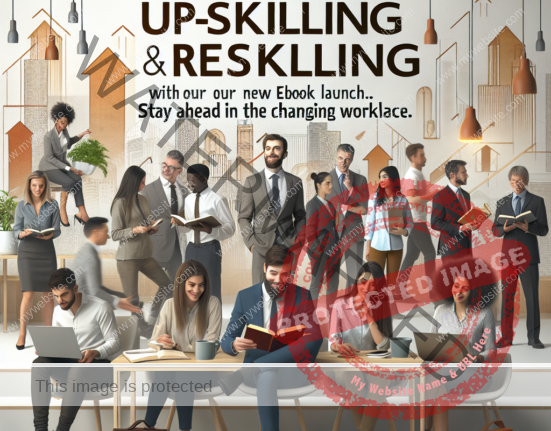As someone who develops eLearning content, I am always looking for insights that can enhance the learning experiences I create. Recently, I came across an interesting article discussing the 4 stages of learning maturity within organizations. This article outlines the progression from basic training to a culture of continuous innovation. Let’s take a closer look at each stage to understand how they impact the learning environment in a company.
Unpacking Chalk & Talk
The journey starts at the Chalk & Talk stage, where organizations establish the groundwork for a learning culture. Training in this stage focuses on providing employees with essential skills required for their roles. The technology used is basic, often limited to simple Learning Management Systems (LMSs) for compliance purposes. Training is typically delivered through instructor-led sessions or basic manuals.
Transitioning to Brilliant Basics
Progressing to the Brilliant Basics stage marks a significant shift towards investing more in Learning and Development efforts. Organizations expand their training programs to include compliance training and developmental activities aimed at improving soft skills and leadership qualities. Moreover, there is a more sophisticated integration of technology, introducing interactive eLearning resources such as videos and online courses.
A dedicated Learning and Development team emerges, focusing on creating customized training solutions to address the diverse needs of the organization. By emphasizing employee engagement, they promote active participation in learning and introduce leadership development programs to foster continuous growth.
Embracing Investors In People
At the Investors In People stage, organizations demonstrate a mature learning culture that links employee development with business performance. Comprehensive Learning and Development programs go beyond immediate job requirements to concentrate on future skills and leadership growth. The Learning and Development team evolves, specializing in data analysis, technical support, and talent development while collaborating with internal clients to drive innovation in training programs. Integrated learning systems like advanced LMSs and Learning Experience Platforms (LXPs) play a crucial role, offering a holistic perspective of employee development and aligning learning outcomes with business goals.
As organizations advance towards becoming Investors In People, they position themselves for sustainable success by aligning employee development strategies with strategic business objectives.
Pioneering Future Gazers
In the domain of Future Gazers, organizations lead the way in learning maturity by embracing cutting-edge technologies and fostering a culture of continuous innovation. Advanced learning ecosystems, incorporating robust LMSs, LXPs, and immersive training technologies like AI and VR, facilitate personalized and employee-driven learning. By promoting “pull” learning, employees are empowered to pursue opportunities that resonate with their career aspirations and interests. Future Gazers prioritize not only job-specific skills but also leadership and soft skills that contribute to comprehensive employee development.
In conclusion, the journey towards learning maturity is crucial for organizational progress and innovation. Each stage presents unique prospects for enhancing employee development and business performance. By prioritizing continuous learning, organizations can cultivate a resilient workforce capable of adapting to evolving market dynamics and prepared to confront future challenges.
If you are interested in reading more about this topic, you can check out the source here.
















